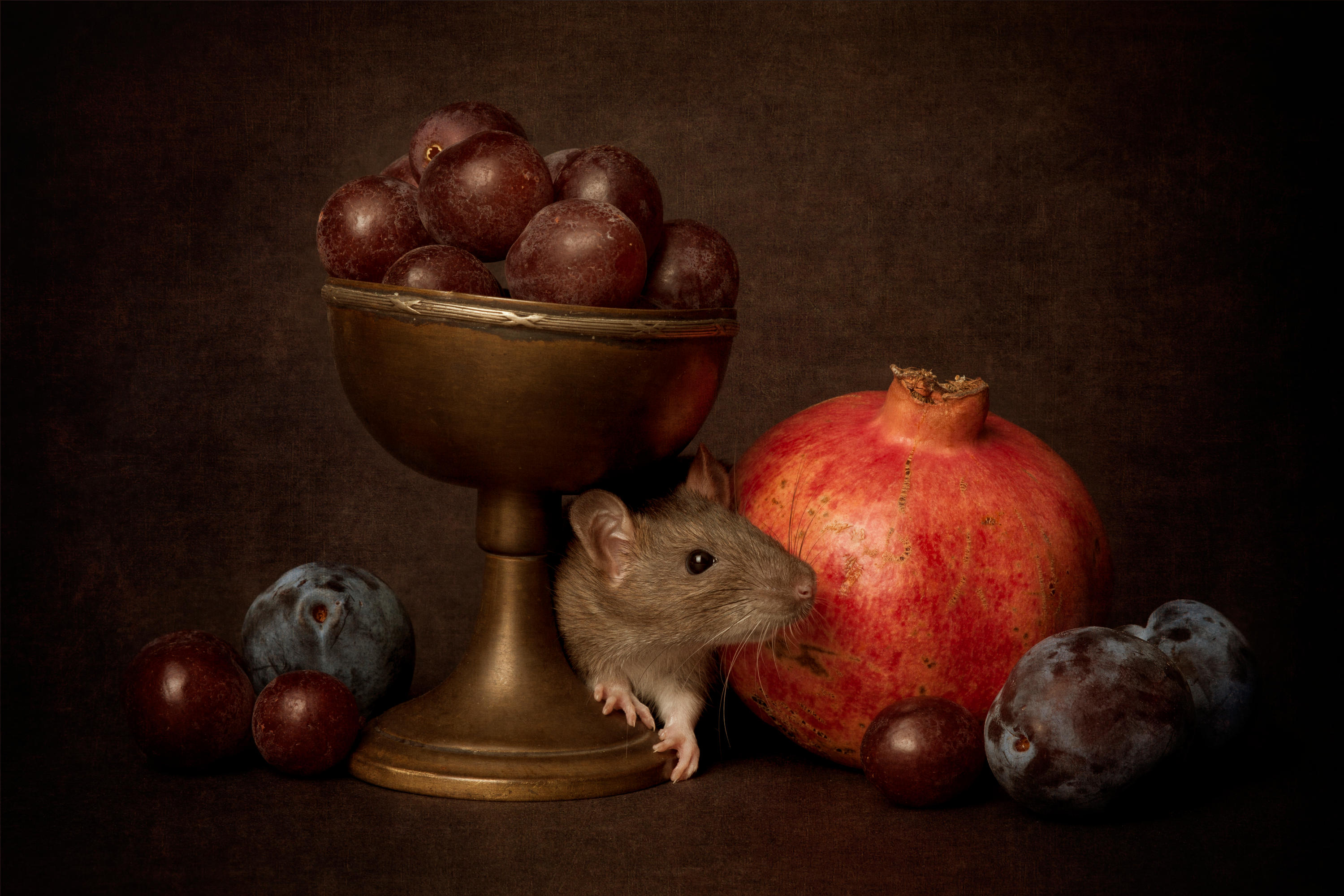

Now, I know what you”re thinking here, but hear me out. “dlp 1.1” is possibly the greatest of them all, devastating in its accidental replication of the violence of all things. In some sense, this threatens to overshadow the work itself, which is staggering even outside of the allegory it now represents. The final loops were completed on September 11th, 2001, and Basinski and his friends sat on the roof of his apartment in Brooklyn, watching the smoke billow from Ground Zero as the pieces played. In practice, this left jagged holes carved out of the hazy sounds, sometimes appearing gradually, sometimes brutally as a lot of material falls off at once. The composer attempted to transfer a number of old tape loops to a digital format, but as the tapes ran through the digitizer, pieces of magnetic material began to fleck off, the pieces dissolving the further on they went. Possibly the piece that deviates most from the norm, Basinski”s “Disintegration Loops” are almost as famous for their story as for the actual sound of the thing. to shut up is if we know more than him, after all. Take what you have, and what I have, and keep going from there. There are undoubtedly some composers you think should have been mentioned, or some you think don”t belong. Classical music can interpolate itself into electronics, tape loops, throat singing, and “world music”, and remain distinctive. There is no geographic center, no high style, and the academy, where much of this originates, is not as stocked with old white men as it once was. Many of the most important composers of the period (Cage, Glass, Reich, etc) have been left off the list, both because I didn”t want to get too weighted with minimalism, and because I wanted to provide a sketch of just how broad the genre can now be considered. While many people think of classical music, pre- or post-1950, as somewhat monolithic, even dipping your toe in reveals a staggering, frightening array of styles that share nothing beyond a basic origin in composition. They don’t stick purely to the avant-garde, and they most certainly are not in a singular style. The pieces below cover a wide range, from Penderecki’s serialism to Shaw’s experimental vocal techniques. But what elitist thought conceals is that classical and compositional music has thrived in the 20th and 21st centuries, reaching new heights of both dissonance and beauty. But you know that after all, you’re reading a website called PopMatters.

in Music Theory once said, good music didn’t cease to exist post-1900.


 0 kommentar(er)
0 kommentar(er)
